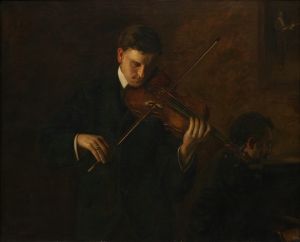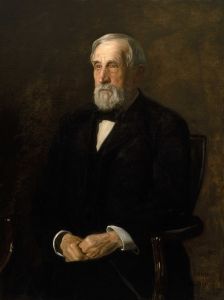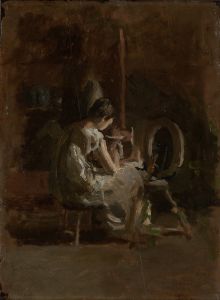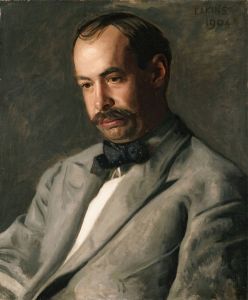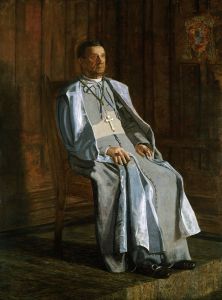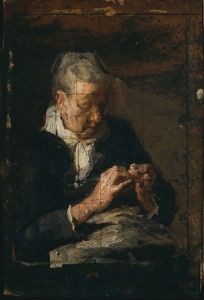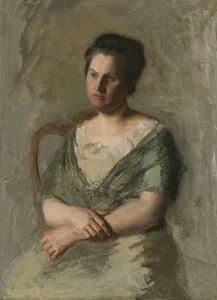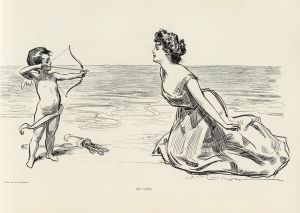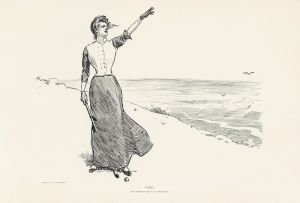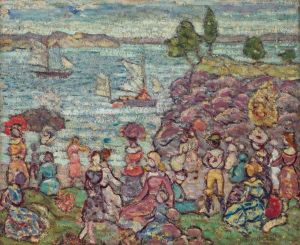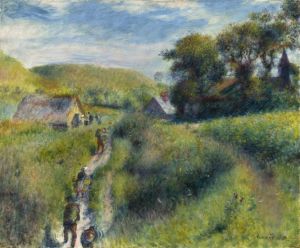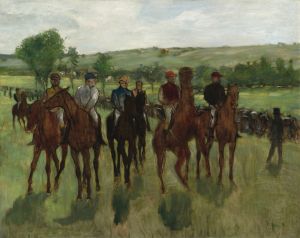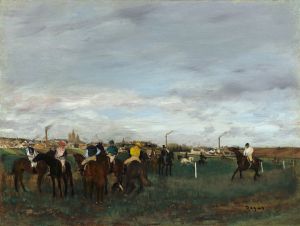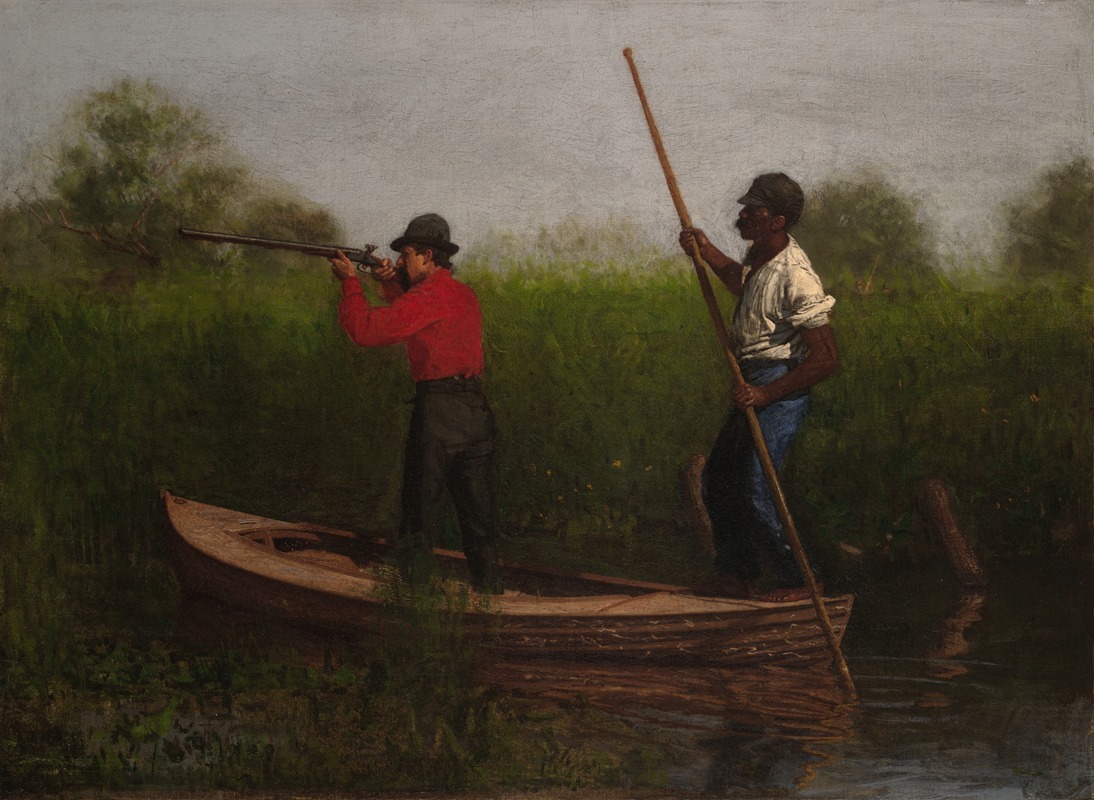
Rail Shooting on the Delaware
A hand-painted replica of Thomas Eakins’s masterpiece Rail Shooting on the Delaware, meticulously crafted by professional artists to capture the true essence of the original. Each piece is created with museum-quality canvas and rare mineral pigments, carefully painted by experienced artists with delicate brushstrokes and rich, layered colors to perfectly recreate the texture of the original artwork. Unlike machine-printed reproductions, this hand-painted version brings the painting to life, infused with the artist’s emotions and skill in every stroke. Whether for personal collection or home decoration, it instantly elevates the artistic atmosphere of any space.
"Rail Shooting on the Delaware" is a painting by the American artist Thomas Eakins, completed in 1876. Eakins, known for his realistic portrayal of everyday life and his keen interest in the human form and anatomy, was a prominent figure in American art during the late 19th century. This painting exemplifies his dedication to realism and his fascination with outdoor activities, particularly those involving water and sports.
The painting depicts a scene on the Delaware River, a significant waterway that flows through the eastern United States. The Delaware River was a popular site for recreational activities during Eakins' time, and it provided a picturesque setting for many of his works. In "Rail Shooting on the Delaware," Eakins captures a moment of leisure and sport, focusing on the activity of rail shooting, a type of hunting that involves shooting birds, specifically rails, from a boat.
Eakins' composition features two men in a small skiff, a type of flat-bottomed boat, navigating the calm waters of the river. One man is seated, holding a shotgun, poised to shoot, while the other man, likely a guide or companion, is standing and using a pole to steer the boat through the marshy waters. The painting is noted for its attention to detail, particularly in the rendering of the figures, the boat, and the surrounding landscape. Eakins' use of light and shadow adds depth to the scene, highlighting the reflective surface of the water and the lush greenery of the riverbanks.
The painting reflects Eakins' interest in capturing the nuances of human activity and his ability to convey a sense of motion and immediacy. His meticulous approach to composition and his understanding of anatomy are evident in the lifelike portrayal of the figures and their interaction with the environment. Eakins often used photography as a tool to study movement and form, and this influence is apparent in the precise and dynamic depiction of the scene.
"Rail Shooting on the Delaware" is also significant for its cultural and historical context. During the 19th century, hunting was a common pastime in America, and it was often depicted in art as a symbol of masculinity and the human connection to nature. Eakins' painting captures this cultural aspect while also providing a glimpse into the leisurely pursuits of the time.
The painting is part of the collection at the Philadelphia Museum of Art, which houses many of Eakins' works. It remains an important example of his contribution to American art and his ability to capture the essence of everyday life with authenticity and precision. Through "Rail Shooting on the Delaware," Eakins not only documents a specific activity but also offers insight into the broader themes of human interaction with nature and the pursuit of recreation.





